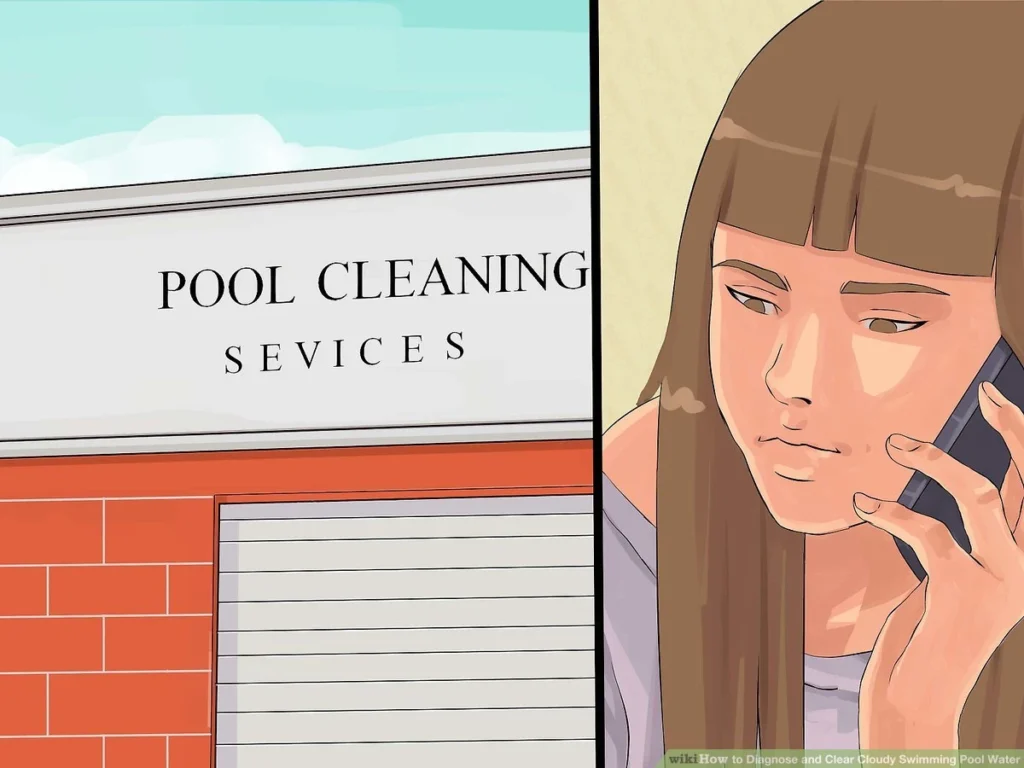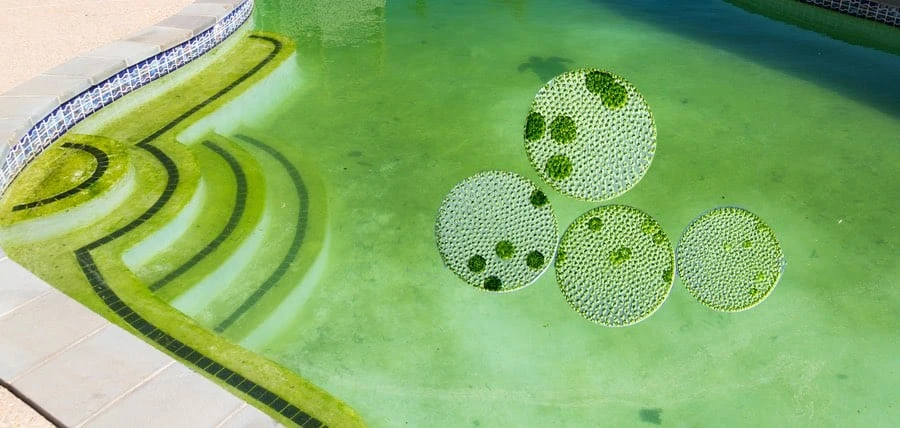Cloudy pool water is a common issue that many pool owners face. It can be frustrating to see your beautiful blue pool turn murky and uninviting. Maintaining clear pool water is not just about aesthetics; it’s crucial for health and safety. Cloudy water can harbor bacteria and algae, posing risks to swimmers. In this article, we will explore the causes of cloudy pool water, how to diagnose the problem, and effective solutions to restore your pool’s clarity.
Understanding Cloudy Pool Water

What Causes Cloudy Pool Water?
Cloudy pool water can arise from several factors. Understanding these causes is the first step in addressing the problem.
- Algae Growth: Algae can thrive in pools that are not properly sanitized. Even a small amount of algae can cause the water to appear cloudy.
- Poor Filtration: If your pool’s filtration system is not functioning correctly, it can lead to debris and contaminants accumulating in the water.
- Chemical Imbalance: The right balance of chemicals is essential for clear water. High levels of phosphates or improper pH levels can contribute to cloudiness.
- Environmental Factors: Rain, wind, and debris can introduce contaminants into your pool. Leaves, dirt, and other organic matter can cloud the water if not promptly removed.
The Importance of Clear Pool Water
Maintaining clear pool water is vital for several reasons:
- Health Implications: Cloudy water can harbor harmful bacteria and algae, which can lead to skin irritations and other health issues for swimmers.
- Aesthetic Considerations: A clear pool is visually appealing and inviting. Cloudy water can deter people from using the pool.
- Impact on Equipment: Cloudy water can lead to increased wear and tear on pool equipment, resulting in higher maintenance costs over time.
Diagnosing the Problem
Testing Pool Water
Before you can fix cloudy pool water, you need to diagnose the issue accurately. Testing your pool water is essential.
- Recommended Tests: Regularly test for pH, chlorine, alkalinity, and stabilizer levels. These tests will help you understand the chemical balance of your pool.
- Tools for Testing: You can use test strips for quick results or liquid test kits for more accurate readings. Both methods have their advantages, so choose one that suits your needs.
Identifying Specific Issues
Once you have your test results, it’s time to interpret them.
- Interpreting Test Results: If your pH is too high or too low, it can lead to cloudy water. Similarly, low chlorine levels can allow algae to flourish.
- Signs of Specific Problems: Look for visual cues. A green tint often indicates algae, while a cloudy appearance may suggest debris or chemical imbalance.
Solutions for Cloudy Pool Water
Adjusting Chemical Levels
Balancing your pool’s chemicals is crucial for clarity.
- Step-by-Step Guide:
- Test the Water: Use your testing kit to check pH, chlorine, and alkalinity levels.
- Adjust pH: Aim for a pH level between 7.2 and 7.6. Use pH increaser or decreaser as needed.
- Chlorine Levels: Ensure chlorine levels are between 1-3 ppm. Add chlorine tablets or liquid as necessary.
- Alkalinity: Maintain alkalinity between 80-120 ppm. Use alkalinity increaser if levels are low.
- Importance of Regular Testing: Regular testing and adjustments will help prevent cloudiness from recurring.
Filtration and Circulation Improvements
Proper filtration and circulation are key to maintaining clear water.
- Importance of Proper Filtration Systems: Ensure your filtration system is adequate for your pool size. A good filter will remove debris and contaminants effectively.
- Tips for Enhancing Circulation:
- Use Pool Pumps: Run your pool pump for at least 8-12 hours a day to ensure proper circulation.
- Position Return Jets: Adjust the position of return jets to create a circular flow, which helps distribute chemicals evenly.
Cleaning Techniques
Regular cleaning is essential for maintaining clear water.
- Manual Cleaning: Skim the surface, brush the walls, and vacuum the pool regularly to remove debris.
- Using Flocculants and Clarifiers: These products can help clear cloudy water. Flocculants bind small particles together, making them easier to filter out, while clarifiers help improve water clarity.
Preventative Measures

Regular Maintenance Schedule
Establishing a routine maintenance schedule is crucial for preventing cloudy water.
- Importance of Routine Maintenance: Regular maintenance helps catch issues before they escalate.
- Suggested Weekly and Monthly Tasks:
- Weekly: Test water chemistry, skim debris, and check filter pressure.
- Monthly: Deep clean the pool, inspect equipment, and shock the pool if necessary.
Seasonal Considerations
Different seasons require different maintenance approaches.
- Preparing Pools for Different Seasons: In spring, ensure your pool is clean and balanced after winter. In winter, consider winterizing your pool to prevent damage.
- Adjusting Maintenance Routines: During peak usage times, increase your maintenance frequency to keep up with the demand.
When to Call a Professional

Signs You Need Expert Help
Sometimes, DIY solutions may not be enough.
- Persistent Cloudiness: If your pool remains cloudy despite your efforts, it may be time to call in a professional.
- Complex Issues: Equipment failures or severe algae infestations often require expert intervention.
Choosing a Pool Service
If you decide to hire a professional, here are some tips:
- What to Look For: Choose a service with good reviews and experience in handling cloudy water issues.
- Questions to Ask: Inquire about their methods, pricing, and any guarantees they offer for their services.
Conclusion
In summary, cloudy pool water can be a frustrating issue, but it is manageable with the right knowledge and tools. By understanding the causes, diagnosing the problem, and implementing effective solutions, you can restore your pool to its sparkling blue glory. Remember to maintain a regular cleaning and testing schedule to prevent future issues. Take proactive steps for your pool maintenance, and don’t hesitate to share your experiences or ask questions in the comments below!





